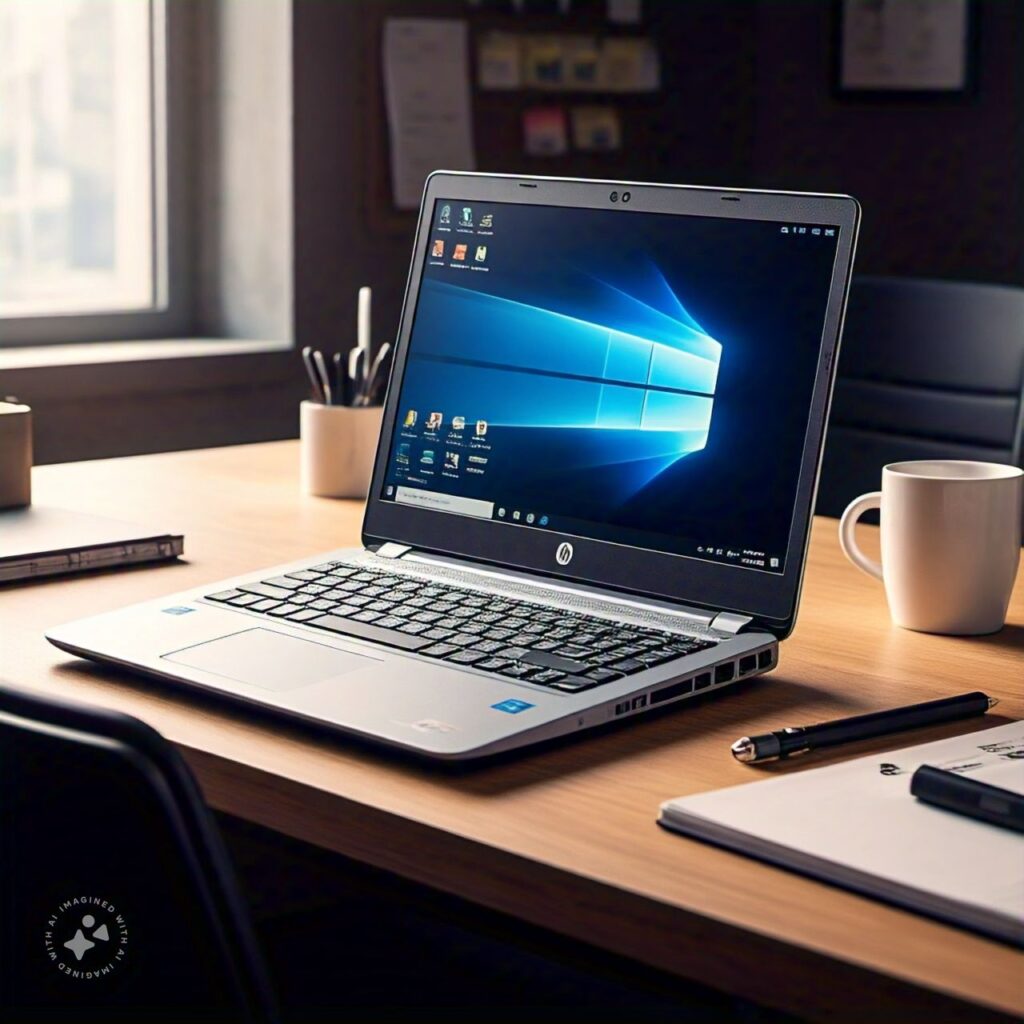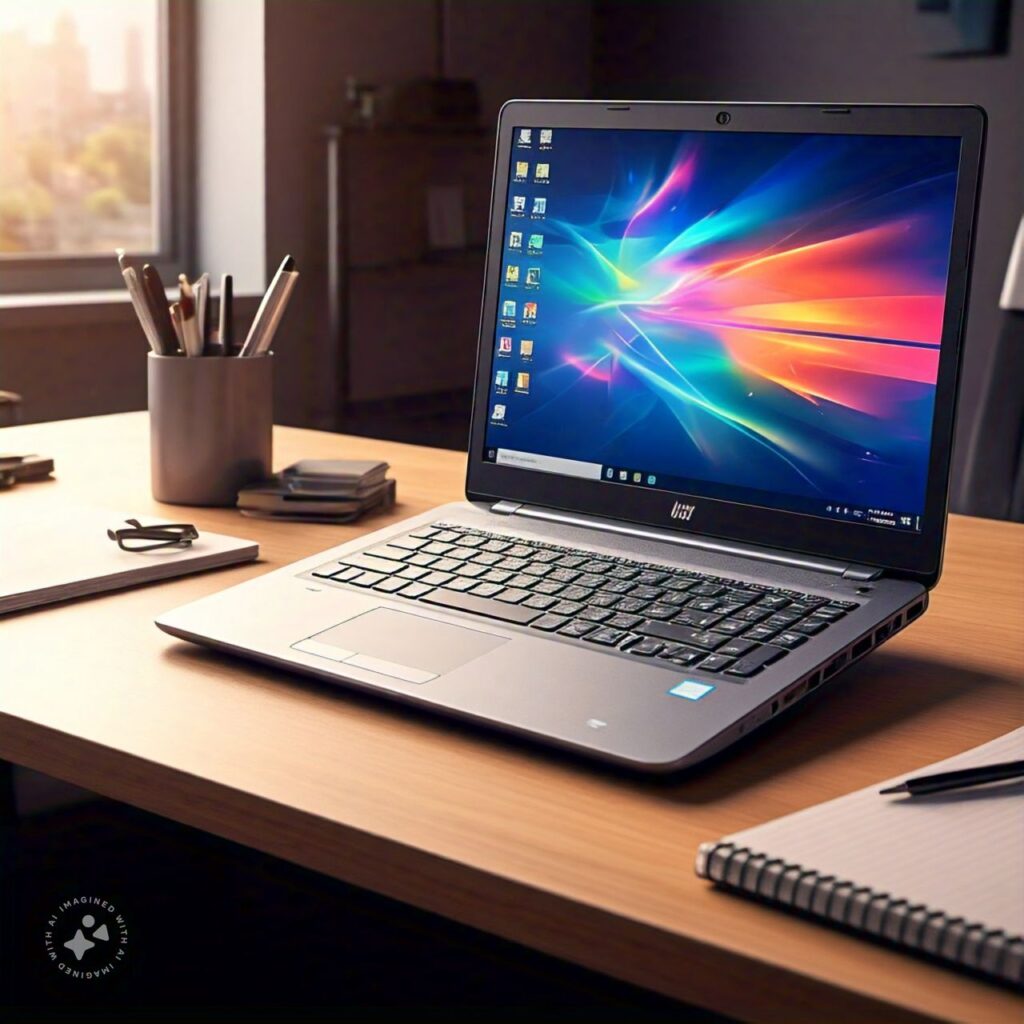A docking station is one of the best inventions that has been helpful to HP laptop owners. They convert your portable device into a professional desktop configuration, make you more effective, and optimize your working area. By integrating several pieces of equipment such as monitors, keyboards, mice, and many others, docking stations simplify working space.
Several authors mention many advantages of using docking stations. Well, some docking stations are messing with your laptop as if they were some kind of magic box you wait for some miracle to happen. They transform your portable computer into an exceptional desktop computer. Think about charging multiple devices at once and using only one cable for monitors keyboards, or mice! This makes the working environment clean and more arranged besides having the added advantage of preserving the environment.
There are so many advantages to using a docking station. You won’t need to plug and unplug devices, which frees up time that would otherwise have been spent doing it. Also, it’s good for your health. This way of linking an external monitor and keyboard allows you to sit more comfortably and avoid eye and wrist strain.
What is a HP laptop docking station?

A laptop docking station is a device that facilitates easy connection of different components in a computer. A laptop docking station is define as a hardware component that enables you to enhance the functionality of a laptop and connect it to several peripheral devices and displays.
This one is an expansion port to indicate that it delivers power as well as additional data ports because there is always the likelihood of building on the features of a laptop. The analog is a desktop one with many video, USB, audio, and other entrance ports. This allows you to be able to add devices like an HD monitor, a mouse, a keyboard, a printer, or even a hard drive.
In the following sections, let’s make a brief overview of how a docking station works and what functions can it offer to its user.
How Does a Docking Station Work?
A docking station is a port that links many periphery-related devices to a laptop to turn into a multiple-function working hub to increase productivity. At some times, you may think that it performs tasks resembling hubs which offer many ports to support the connection of multiple devices. But these two operate in different ways.
Unlike other hubs, a laptop docking station is connected to the wall to draw power from it to your laptop and accessories. It can support one or more monitors using the vehicle which is its all-round ports. Still, docking stations differ; consequently, the video ports they accommodate differ as well, even though the primary focus remains on DisplayPort, mini-DisplayPort, DVI, VGA, and HDMI. It also has card readers and can even support Gigabit ethernet and different audio connections.
Docking Stations: Transform Your Workspace
The docking stations are therefore very useful for users of this particular laptop. Those convert your handheld device to your powerful-sized workplace and increase your efficiency and ease of operation. Through the use of multiple interfaces of monitors, keyboards, mice among others, docking stations make the work environment effective and easy to arrange.
Which kinds of devices are suitable for a HP laptop docking station?
The majority of present-day portable computers may be coupled to a docking station. However, sometimes older laptops may require special adapters. Most of the docking stations have USB-C ports which are typical in most modern laptops. Laptops that are older models may call for different cables or adapters.
The docking stations contain HDMI interfaces for connecting high-quality monitors and Ethernet for a good connection to the internet. This is especially helpful in activities such as watching videos or even gaming where internet connectivity is highly valued.
The Purpose of a Docking Station
The Constantly had to switch laptops into a fully-fledged PC were complemented with a docking station convenient for. Basic rules of note taking Guides and annotated help handouts Support Sheet: using this Book Writing Assignment and Citation Guide template Writing Assignment and Citation Guide.
Advantages of Laptops Docking Station
A HP laptop docking station also adds extra value to its functionality and comfort in operation. Here’s how:
Bigger and Better: Give Your HP Laptop a Makeover
Docking stations utilize the full capabilities of your laptop. It offers extra connections for displays, keyboards, mice, and hard disks, among others. This helps to avoid the time wasted having to plug and unplug various devices making your work more efficient.
Get rid of the mess
A docking station assists you manage your working area. It unifies your HP laptop and peripherals to a single desk configuration and helps in saving desk space from multiple wires. The absence of numerous items enhances organization and cleanliness of space which, in turn, affects employee efficiency.
Improve Ergonomics
Connecting to an external monitor while using a docking station is also beneficial for a person’s posture. If you want you can place your monitor on a level where your eyes can level with it thereby putting less pressure on your neck and back. By doing this it is possible to enhance comfort and effectiveness, especially during lengthy working sessions as far as computerized products are concerned.
Conclusion
A HP laptop docking station is undoubtedly among the best purchases that empower your working area and enhance efficiency. People should use docking stations so that their laptops can become more powerful as well as change their work setups. When two or more peripherals are linked, they can enhance and organize the efficiency of the task at hand. For art designers, students, or a remote employee, using a docking station can enhance your user experience a notch higher.
These concepts are typical when it comes to selecting a docking station: compatibility, connectivity options, and power delivery. When you buy one of the best docking stations, you improve the organizational, efficiency, and ergonomic aspects at work.

